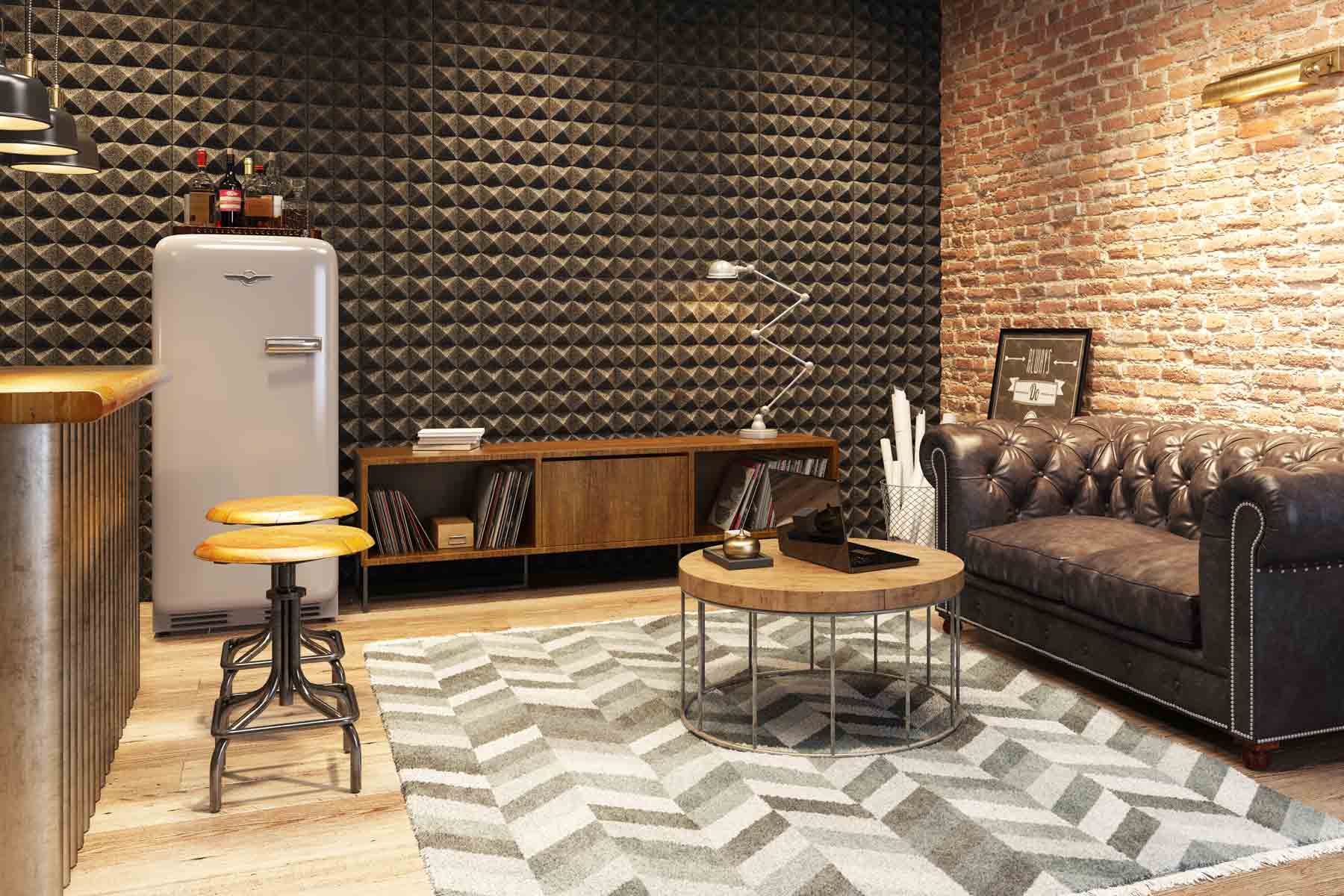In the disciplined field of architecture, design, and construction, it’s easy to mistakenly use the terms “soundproofing” and “acoustics” synonymously. Yet, they refer to separate ideas that serves a variable purposes, but are intertwined in crafting the best environments for versatile applications. Whether you’re working on designing a recording studio, an office space. Or maybe even a residential home, it’s super essential to grasp the differences between soundproofing and acoustics for the best results.
Defining Soundproofing and Acoustics, alright?
Let we go ahead and define these concepts:
Soundproofing. It’s all about the process of minimizing or preventing the transmission of sound from one section to the other? It is about using barriers or materials to keep sound from entering or exiting a particular area, thus creating a more silent environment,
Acoustics on the contrary, is about the careful study of sound and how it behaves in a specific space. It involves manipulating the features of sound within a room to achieve the optimal conditions for listening, with clarity and resonance being the top priority.
Why Soundproofing is crucial?
Soundproofing has significant role in reducing the unwanted noise transmission between spaces. In residential setups-effective soundproofing ensures privacy and calm by blocking out external noises like traffic, loud neighbors or machinery. Similarly in commercial buildings soundproofing, is essential for creating productive work environments that minimize distractions?
Key elements of soundproofing include:
- Sound insulating materials: These are special materials designed to absorb or block sound waves. Some of the examples are acoustic foam panels, soundproof curtains, mass-loaded vinyl…
- Sealing & building techniques: Making sure to have airtight seals around doors, windows, and any other openings. This usually prevents noise leakage. Besides, constructing walls with dense materials in multiple layers can enhance sound insulation!
- Isolating Vibrations: Vibrations can transmit sound through structures as well. By using resilient mounts or materials that can dampen vibration, this transmission can be reduced.
Soundproofing; so, as a result allows individuals to enjoy a quieter, peaceful environment that’s perfect for relaxation, work, or leisure activities?
Understanding Acoustics
While soundproofing focuses on preventing the transmission of sound, the aim of acoustics is to enhance the quality of sound in a given area, Like maybe if it’s a conference room, a concert hall or a home theater, acoustics is a massive aspect in ensuring that sound is reproduced precisely and with clarity…
Primary aspects of acoustics involves:
- Control of reverberation: Reverberation refers to sound lingering in a space after the source has stopped. It can result in reduced intelligibility, muddled speech; and ultimately poor audio quality. Acoustic treatments such as ceiling clouds, diffusers, absorptive panels are employed to control reverberation and enhance clarity-
- Room shape & dimensions: The shape and size of a room has significant implications on how sound waves move within. Certain room shapes might exacerbate acoustic problems such as uneven sound distribution or standing waves. A properly designed room and layout can decrease these problems and lead to more balanced acoustics!
- Speaker placement & calibration: In environments that use audio playback systems, such as theaters or auditoriums, precision in speaker placement and calibration is a crucial factor in achieving excellent sound reproduction. This involves taking things like speaker orientation. Dispersion patterns,, and room reflections into consideration,
By observing these acoustic principles, designers and architects are able to create spaces with superior sound quality, from music performances to immersive entertainment experiences to presentations.
How Soundproofing and Acoustics Correlates
Although serving distinct purposes, soundproofing and acoustics are often intertwined in building design and renovation initiatives. Take a recording studio for instance:
- Soundproofing: The studio has to be kept isolated from external noise sources to avoid interference with recordings. This needs using soundproofing construction techniques and materials to create a sealed environment.
- Acoustics: Within the studio, acoustics play a vital part in ensuring accurate sound reproduction and monitoring. Proper acoustic treatments confirms that the recordings are captured precisely and faithfully, free from unwanted distortions or reflections.
Similar ideas, can be applied in office environments. Soundproofing measures may help reduce disruptions between workspaces, while acoustic treatments can help improve productivity and communication within meeting rooms.
Summing it UP
To quickly summarize; While soundproofing and acoustics are indeed distinct concepts, they both have a critical part in crafting spaces that are well suited for comfort, productivity, and pleasure. With the understanding of the disparities between soundproofing and acoustics, and by incorporating the right solutions into architectural and design projects, architects……designers……and homeowners can eventually create spaces that provide the best sound control and quality. Whether the goal is blocking out external noise or enhancing the clarity of audio playback, giving precedence to soundproofing and acoustics can greatly enhance the functionality and experience of any particular space.
